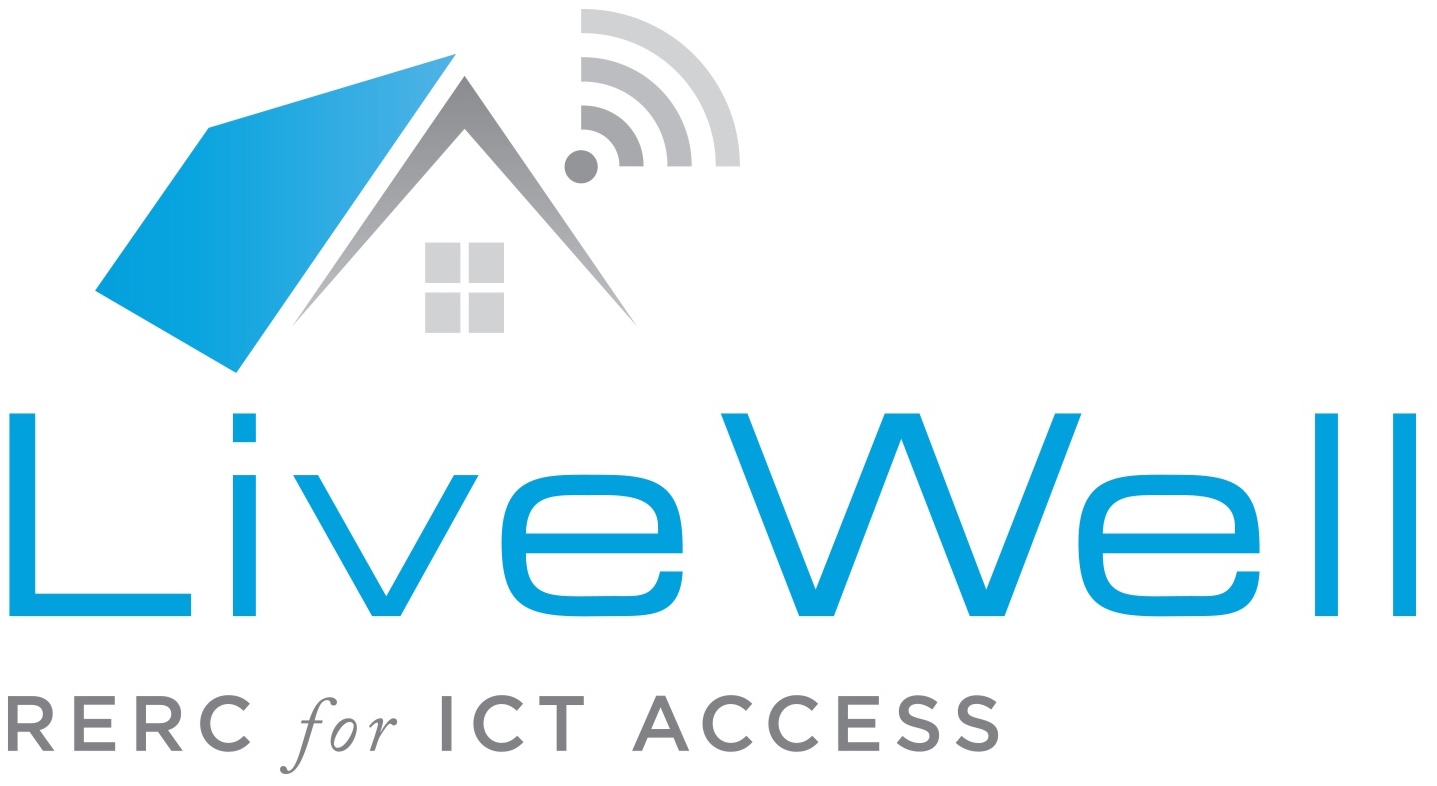Google I/O 2017 Updates on Disability, Accessibility, Assistive Technology (AT), and Emerging Technologies
/An experience to be remembered and referred to throughout the year, Google I/O 2017 lived up to its hype. Sessions, sandbox demonstrations, Code Labs, and Google expert office hours boasted topics on Android, machine learning, Internet of Things, the Google Assistant, Accessibility, and others. By giving accessibility the center stage for a variety of sessions, sandbox demonstrations, and expert office hours, Google has again shown the AT community its dedication to closing the gap in accessibility and usefulness of technology for people with disabilities. Google’s many technologies and products also show big implications for the disabled community to leverage throughout life.
For developers
If you are a developer looking to learn more about web and phone accessibility, I recommend looking at I/O’s variety of accessibility talks. The first, “What’s New in Android Accessibility” gives an overview of what’s new for Android and accessibility. You will learn about new APIs, Android features, testing and best practices, and you will get an insight into how Google conducts their user experience design research for those with disabilities. Google’s next two talks on accessibility, “Designing for the Next Billion Users: Accessibility UX Insights from the Developing World” and “Pragmatic Accessibility: A How-To Guide for Teams” can also offer some unique insights.
For consumers and developers
In the realm of accessibility, Google I/O, as a developer conference, is focused mostly around web and phone accessibility. But Google’s emerging technologies and products can also be applied to other areas to improve the lives of those with disability. A few of these products or features include:
Google Home, Google’s Assistant enabled smart speaker
- Actions on Google, the Assistant’s development platform is now open for 3rd party developers to create smart home applications, opening the door for developers to create unique applications to help those with disability.
- The Google Home can now do hands-free calling, which can be especially helpful for those with mobility and dexterity issues, allowing them to make quick and easy phone calls.
Google Assistant for phone/tablet
- Google has continued to make improvements to the natural conversation infrastructure between the user and the Assistant. The Assistant’s ability to have ‘conversations’ instead of one-off statements or commands, might enable developers to utilize these features to create meaningful dialog and to more fluidly answer questions / complete tasks.
- Android phones and iPhones (surprise the Google Assistant is now available on the iPhone!) now supports typing into the Assistant opposed to only speaking, which was previously the only option. This was designed for noisy situations where talking is not ideal, but this feature will also enable the deaf and hard of hearing communities to use the Assistant too. Google has also created a feature the enables visual response on phones to more easily depict information to the user.
Google Lens
- One of the coolest products to come out of Google I/O this year, Google Lens allows you to use your phone’s camera to visually search for information. For example, with Google Lens you can start a web search on a restaurant by simply holding the camera up to its store front. Other features on display at I/O include painting, building, and flower recognition and identification. Google has even built in a feature that allows you to open the app over Wi-Fi information on the back of a router and automatically connect to said Wi-Fi. This product will not only make a splash in the market for everyday users, but it can also have special implications for users with complex communication disorders, developmental disabilities, or mental health conditions.
- The release date is expected to be later this year, but an exact date has not been reported.
Virtual (VR) and Augmented Reality (AR)
- Google has been making advances in VR and AR for some time now and this year will be no different. Google is expanding their efforts to bring VR into people’s everyday lives as well as launching new AR partnerships and phones. Already researchers and clinicians are seeing how VR and AR can help with pain management, rehabilitation, smoking cessation, mental health, and elderly care management, making Google’s efforts into this area directly applicable to the rehab, AT, and other clinical communities.
Gmail Smart Replies
- An upgrade to Gmail will offer smart replies, where Gmail reads the context of an email and gives you options of responses based on the context. For example, if the email says, “Do you want to get lunch on Saturday or Sunday?”, Gmail might give you options to respond, “I’m down for either”, “Let’s do Saturday”, or “Let’s do Sunday”.
I am sure that throughout the year Google will continue to upgrade their products and continue to release new and exciting devices and features. We will just have to sit back and wait to see what other cool and useful products become available for the disabled community. In the meantime, I encourage developers, disability advocates, and all other members of the AT community to continue considering ways to utilize current Google services and products to create a more inclusive world for those with disability!
Feel free to send me feedback. Let’s keep the conversation going!
Leighanne Davis
Research & Development Engineer
Duke University
Leighanne.davis@duke.edu

